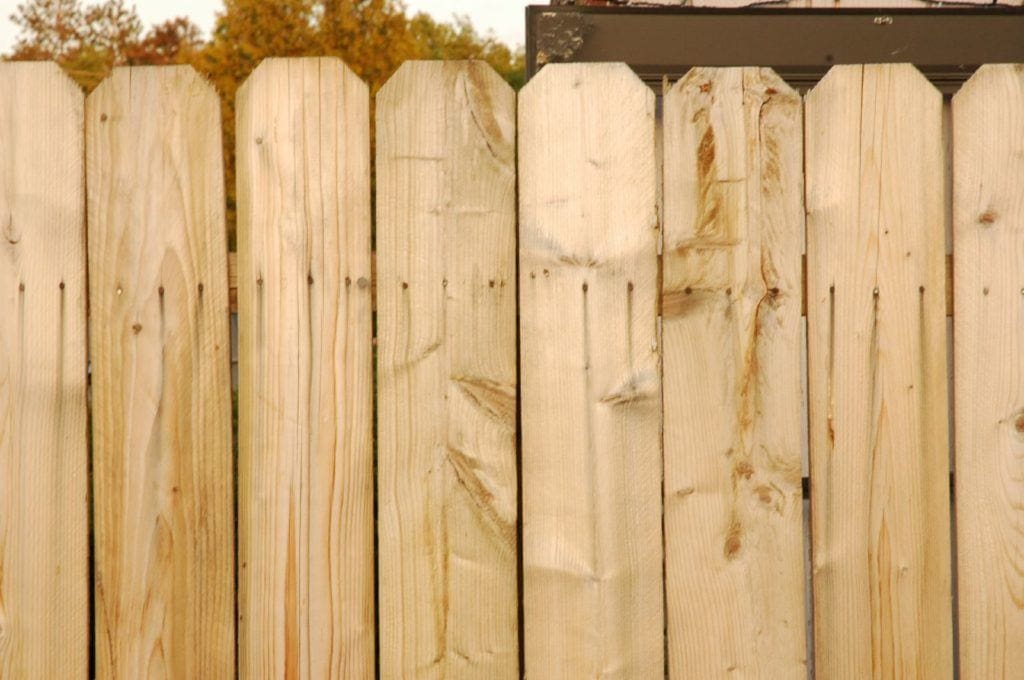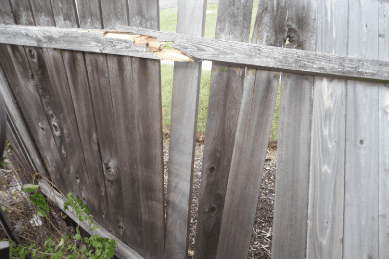Tree Trimming
Fortify Your Fence: The Ultimate Wooden Fence Maintenance Guide


As a homeowner, I know the importance of a strong, sturdy fence. It not only provides security for my family, but also adds a touch of beauty to our property.
However, maintaining a wooden fence can be a daunting task. That’s why I’ve put together the ultimate guide to fortify your fence.
From preventive care to moisture control and sealant application, this guide will equip you with the knowledge and practical tips you need to keep your fence safe and secure for years to come.
Preventive Care
To ensure the longevity and durability of your wooden fence, regular preventive care is essential. By taking proactive measures, you can protect your fence from common issues such as rot, warping, and insect infestation.
The first step in preventive care is to inspect your fence regularly for any signs of damage or wear. Look out for loose boards, cracked paint, or signs of insect activity. Addressing these issues promptly will prevent further damage and save you from costly repairs down the line.
Additionally, applying a protective sealant or stain every few years will help to safeguard your fence against moisture and UV damage.
Lastly, trimming any nearby vegetation and keeping the area around your fence clear will prevent moisture buildup and discourage pests from nesting.
Moisture Control
One important aspect of wooden fence maintenance is controlling moisture to prevent damage and deterioration. Moisture can cause a range of problems for your fence, including rot, warping, and mold growth.
To effectively control moisture, there are several steps you can take.
Firstly, ensure that your fence is properly sealed and stained. This will create a protective barrier against moisture.
Additionally, regularly inspect your fence for any signs of damage or wear, such as cracked or peeling paint, and make repairs as needed.
It’s also important to keep the area around your fence clear of any vegetation or debris, as these can trap moisture against the wood.
Finally, consider applying a waterproofing sealant to further protect your fence from moisture damage.


Mold Removal
I prioritize the removal of mold as a crucial step in maintaining my wooden fence. Mold not only looks unsightly, but it can also weaken the structure of the fence and pose health risks.
To effectively remove mold, I first inspect the fence for any signs of mold growth. If I spot any, I mix a solution of one part bleach to four parts water in a bucket.
Wearing gloves and protective eyewear, I apply the solution to the affected areas using a scrub brush. After scrubbing, I rinse the fence thoroughly with clean water.
It’s important to note that while bleach can effectively kill mold, it can also damage plants and grass, so I take care to protect them during the process.
Regularly checking for mold growth and promptly removing it will help keep my wooden fence strong and safe.
Sealant Application
Applying a sealant is an essential step in fortifying my wooden fence and protecting it from weather damage and decay. A sealant creates a protective barrier on the surface of the wood, preventing moisture from seeping in and causing rot. It also helps to repel water, preventing warping and splitting of the wood.
When applying a sealant, make sure to choose a high-quality product that’s specifically designed for wooden fences. Before application, clean the fence thoroughly and allow it to dry completely. Apply the sealant using a brush or roller, making sure to cover all surfaces evenly. It’s important to follow the manufacturer’s instructions for application and drying time.


Regularly inspect the sealant for any signs of wear or damage, and reapply as needed to ensure the continued protection of your wooden fence.
Annual Inspection
After applying a sealant, I perform an annual inspection of my wooden fence to ensure its continued strength and durability. Regular inspections are crucial to identify any potential issues early on and prevent them from developing into costly repairs or compromising the safety of the fence.
During the inspection, I carefully examine the entire fence, paying close attention to the posts, rails, and pickets. I look for signs of rot, insect damage, or any structural weaknesses.
I also inspect the hardware, such as hinges and latches, to ensure they’re secure and functioning properly. Additionally, I check for any loose or missing boards and address them promptly.


Hello there! I’m Logan Foster, the green-thumbed social media marketer behind the vibrant world of 1800TreeGuy.com. With roots firmly planted in arboriculture, I’ve branched out to help clients cultivate their dream outdoor spaces, one leafy canopy at a time. My knack for nurturing nature is more than a profession—it’s a way of life.
When I’m not talking trees and teaching the art of arboreal care, you can find me cheering on the Bulldogs—my alma mater’s pride and my forever team. My environmental studies there didn’t just teach me about ecosystems; they instilled a lifelong passion for protecting our planet.
Off the clock, I’m an adventurer at heart. Whether it’s trekking the Appalachian trails, pedaling down a mountain path, or crafting guides to share the wonders of the wild, I’m happiest with soil under my nails and the sun on my face. And let’s not forget Yoda, my pug sidekick. He may not have mastered the art of stillness, but his joyful grins are my daily dose of happiness.
I’m all about making connections—between people and the great outdoors and between my clients and their ideal landscape visions. My approach is personal; every tree has a story, and every garden reflects its caretaker.
If you want to green your scene or share in my outdoor escapades, give me a shout on Instagram or Facebook. Let’s cultivate a conversation and grow a community rooted in a love for the lush life.







